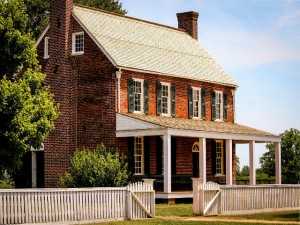 After two consecutive years of rapid growth, the housing price dramatically decreased. It surged 15.2 percent since the interest rate cut in November 2011 and continued to rise over the first three months of 2014, but it eventually declined.
After two consecutive years of rapid growth, the housing price dramatically decreased. It surged 15.2 percent since the interest rate cut in November 2011 and continued to rise over the first three months of 2014, but it eventually declined.
Morgan Stanley analysts said without further interest rate cuts, the current housing cycle is in danger of fading. Meanwhile, real estate agencies like Laing + Simmons noted that this is advantageous for potential homebuyers. The level of discounting has risen slightly, indicating that buyers have a better position when negotiating on the price.
Seasonal influence
The latest RP Data-Rismark Hedonic index reveals that Melbourne is suffering the biggest fall of 3.6 percent. Tim Lawless, RP Data Research Director, says seasonal influence is most likely the causes the price drop.
“(It) may also be indicative of a broader trend towards cooler housing market conditions. Historically, housing market conditions have softened in April and May as the market regains its balance from what is typically a seasonally strong first quarter and also as a result of cooler climatic conditions during the autumn and winter months,” Lawless said in a statement.
Lawless said there is a strong correlation between levels of consumer confidence and housing market activity.
House prices to increase over the next few years
Contrary to what analysts claim, some sectors believe that house prices will increase by four to five percent over the next few years. After all, the government is making an effort to increase housing supply and infrastructure plans to boost Sydney’s property market. The city continues to have the highest median house price, which ranges from $600, 000 to 700, 000, while Hobart is the most affordable.
The Australian real estate market has seen its ups and downs, but if recent trends are to be trusted, homebuyers are about to have a great 2015 ahead of them.




